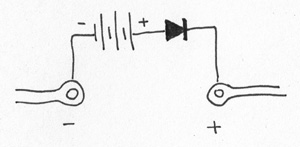generic486
Experienced Member
Yesterday, i removed an infamous ni-cd from my XT clone. It was not leaking but it leaking eventually is inevitable. Anyway, the XT does not have the battery on the main board. It is on a seperate card` and as such has no 4 pins that will allow me to put a non-rechargable in. What should I replace it with or should I just leave it off? I don't think it served any perpose as DOS 3.3 didn't save the time anyway. Did many XT boards not have a battery on the mainboard or is this just a rare occurence?

